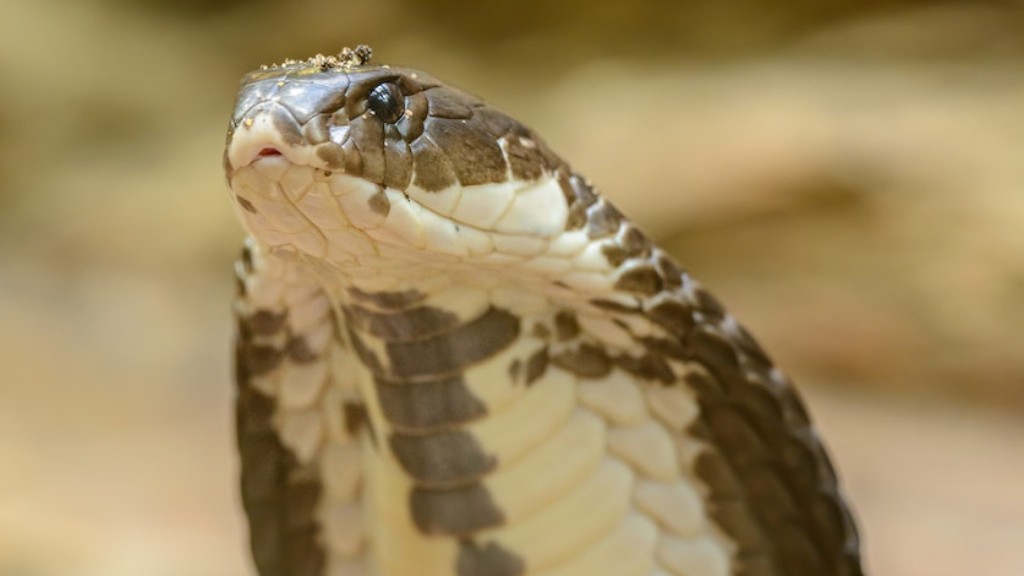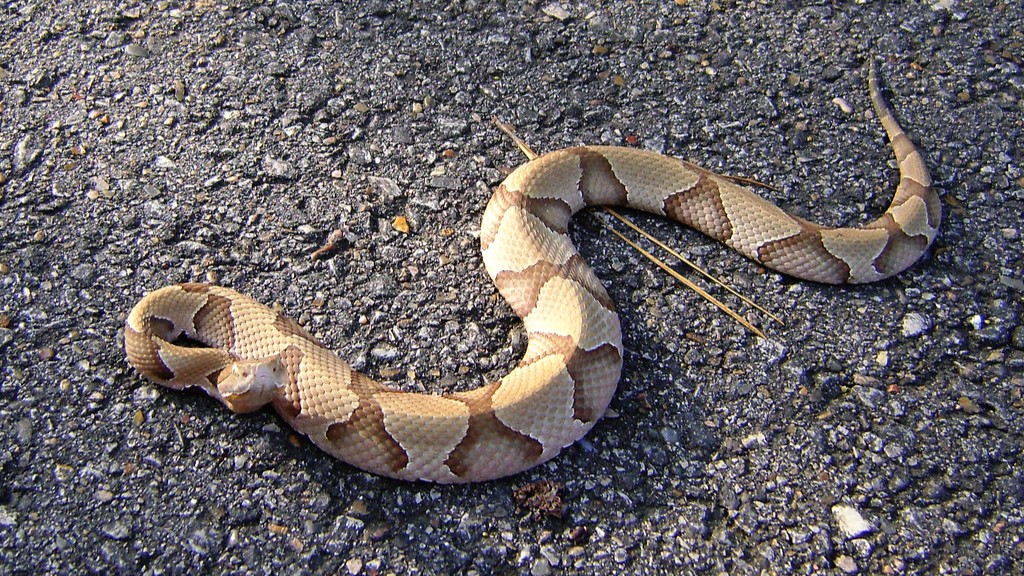How to Treat Rattlesnake Bite in the Wilderness
Introduction:
Rattlesnake bites can be a serious and potentially life-threatening situation when encountered in the wilderness. While prevention is always the best course of action, accidents can happen. Therefore, it is crucial to be prepared and knowledgeable about the proper treatment of rattlesnake bites in order to minimize the associated risks. This article aims to provide a comprehensive guide on how to effectively treat rattlesnake bites in wilderness settings.
1. Immediate Response:
When bitten by a rattlesnake, it is important to act swiftly and calmly. The following steps should be taken:
- Ensure personal safety and the safety of others in the vicinity.
- Move away from the snake to prevent further bites.
- Keep the affected limb still and below the level of the heart to reduce the spread of venom.
- Remove any constrictive clothing or jewelry from the affected area to prevent swelling.
- Avoid applying a tourniquet, cutting the wound, or attempting to suck out the venom as these outdated methods are ineffective and may even worsen the condition.
2. Seek Medical Assistance:
After ensuring immediate safety, it is crucial to seek medical assistance as soon as possible. Even if the snakebite appears to be minor, medical evaluation is necessary to assess the severity of the envenomation and administer appropriate treatment. Time is of the essence, as immediate medical attention greatly improves the prognosis.
3. First Aid Measures:
While waiting for medical help, certain first aid measures can be taken to alleviate the symptoms and prevent complications:
- Keep the affected limb immobilized to reduce the spread of venom.
- Cleanse the wound gently with mild soap and water to minimize the risk of infection.
- Apply a clean, sterile dressing to the wound to protect it.
- Do not apply ice, heat, or any substances (e.g., herbs, oils) to the wound, as these can potentially worsen the condition.
4. Identification and Observation:
It is important to try to identify the snake species responsible for the bite. This can assist medical professionals in determining the appropriate antivenom to administer. If possible, take a photograph of the snake or remember its unique characteristics. However, do not put yourself at further risk to obtain this information.
Additionally, it is essential to closely observe the patient’s symptoms and overall condition. Document any changes or developments, as this information will aid medical professionals in assessing the effectiveness of the treatment.
5. Antivenom Administration:
Antivenom is the definitive treatment for rattlesnake bites. It works by neutralizing the venom’s harmful effects and preventing further damage. The administration of antivenom should only be performed by qualified medical personnel in a controlled environment, such as a hospital. The appropriate antivenom is selected based on the snake species responsible for the bite, the severity of symptoms, and the patient’s individual factors.
6. Pain Management and Supportive Care:
Rattlesnake bites can cause intense pain and discomfort. To manage these symptoms, pain medications may be prescribed. Additionally, supportive care measures, such as adequate hydration and rest, can help the body recover more effectively.
In cases of severe envenomation, other supportive treatments, such as intravenous fluids to maintain blood pressure and respiratory support, may be necessary. These interventions are highly specific and individualized, closely tailored to the needs of the patient.
7. Rehabilitation and Follow-up:
Following acute medical treatment, rehabilitation and follow-up care are important for a complete recovery. Physical therapy may be recommended to restore limb function and strength, especially if the bite resulted in significant tissue damage. Psychological support can also be beneficial for patients experiencing anxiety or PTSD related to the snakebite incident.
It is important to attend all scheduled follow-up appointments and adhere to any prescribed medications or treatments to ensure the best possible outcome and prevent potential complications.
8. Prevention:
Preventing rattlesnake bites is crucial to avoiding the potential risks and consequences associated with this venomous snake. The following preventive measures should be taken:
- Stay aware of your surroundings and watch for signs of snakes, such as their distinctive rattling sound.
- Avoid walking in tall grass, brush, or rocky areas where snakes may be hiding. Stick to cleared paths.
- Wear appropriate footwear, such as sturdy boots, when hiking or working in snake-prone environments.
- Use a flashlight at night to illuminate the ground and deter snakes from approaching.
- Do not attempt to handle or provoke snakes, even if they appear docile.
Conclusion:
When faced with a rattlesnake bite in the wilderness, prompt and appropriate medical intervention is essential. By following the steps outlined in this article, individuals can increase their chances of a successful recovery and minimize the potential long-term effects of such an encounter. Remember, prevention is key, and taking precautions to avoid snake encounters in the first place will always be the best approach.




